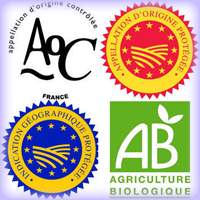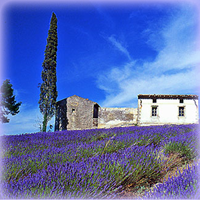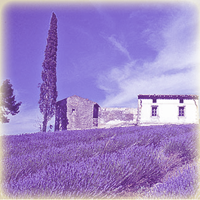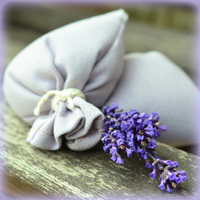What's essential oil ? - Definition
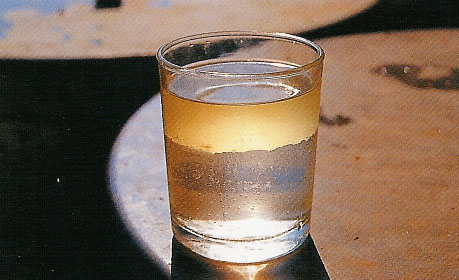
Essential oils are present in all plants but they are especially abundant in certain plant families such as the Lamiaceae.
Essential oils are usually quite complex, containing volatile components that are produced by the plant.
Their volatility contrasts with those of the "fixed oils".
The essential oil content and chemical composition vary according to climatic and soil conditions (external factors related to soil).
Exposure to sunlight increases the content of certain components. Essential oil content is at its highest between noon and four in the afternoon. The more the xerophilous characteristics (a plant’s adaptability to dry climates) increase, the more essential oil components such as camphor and phenyls are formed which limit the plant’s transpiration rate.
The essential oils’ odor is released simply by contact and rupture of the cuticle.
The existence of essential oils in plants is a response to a specie’s need for specific protection from its environment
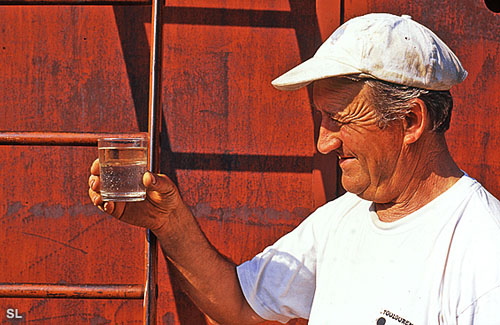 Essential oil from lavander
Essential oil from lavander
The function of the plant’s secretory glands that comprise so many tiny factories producing essential oils, is far from being completely explained.
The essential oil is thought to be part of the plant’s chemical defense against micro organisms, or that it plays a role to attract pollinating insects, or both.
Fine lavender essential oil is a highly complex material; the principal components of fine lavender essential oil are the acetates of linalyl (30-45%) and lavandulyl; linalool (35%); terpenes; and trans-ocimens.
Linalyle and linalol acetates are aromatic components that can be produced by chemical synthesis and enable an artificial increase of certain components.
However, synthetic products are very far from equalling the richness and quality of the natural oil perceived by the olfactory system.
The composition of essential oil varies for each population lavender plant.
It is also a function of the type of soil in which the plant is grown and the kind of distillation process employed.
For this reason production of PDO lavender essential oil is subject to regulations :
- population lavenders, whose essential oils are richer and more balanced owing to their heterogeneous nature (clonal lavenders are excluded).
- Lands in cultivation are limited by altitude constraints.
- Harvest preparation and traditional distillation.
In addition to on-site inspections, proper observance of these rules is controlled by systematic chromatographic analysis of every batch produced by each grower.
A commission composed of experts examines the analytical results and the olfactory quality of each batch, for which the identity has been previously concealed. The certificate of conformity to the PDO requirements is then either delivered or refused for each batch.
The essential oil yields vary greatly between a given population lavender plant and a specifically selected cloned lavender: the average yield can range from 10 to 50 kg of essential oil per hectare.
*Photos : Steffen LIPP





